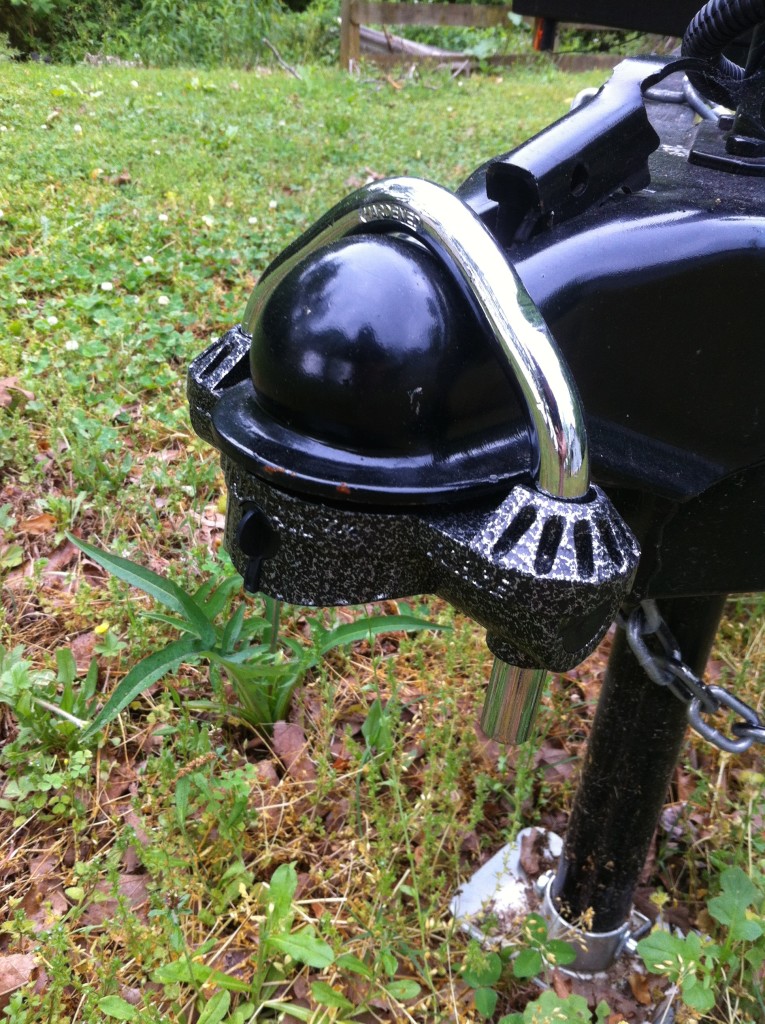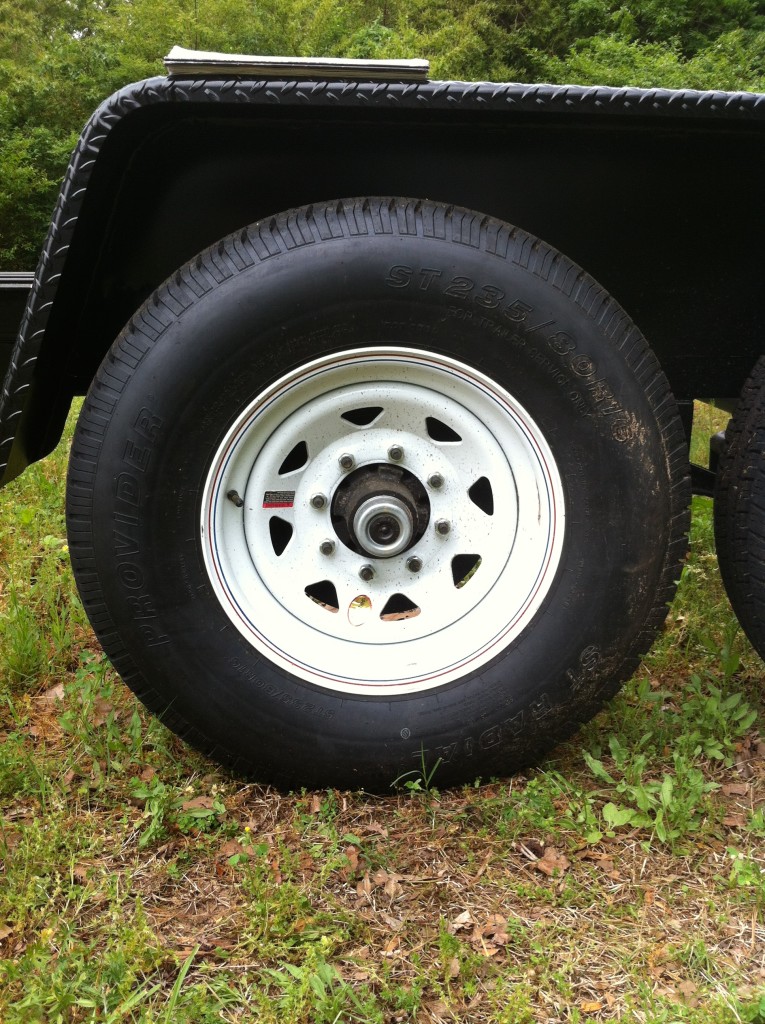Recent Comments
Categories
- Decisions & Planning (1)
- Foundation (4)
- Framing (1)
- Insulation (1)
- Subfloor (3)
- Tiny Living (1)
- Trailer (4)
- Uncategorized (3)
Posted on December 29, 2014
A First Step
Like all traditional homes, our tiny house will have a foundation, but unlike those same homes – ours will have wheels. Yep, that means we’ll be able to pick up and tow away our entire lives down the road at a moment’s notice. We’re doing this for a number of reasons (which I’ll cover in a future post). And although we know that living tiny means that we’ll be flying under the radar of legal zoning enforcement, we wanted to make sure that we purchased a well-built, road-legal trailer foundation upon which to build our MASSIVELY important TINY home.
So, after hearing about him at a Tumbleweed Tiny House workshop that I attended, I tracked down a super helpful, professional tiny home builder local to Atlanta named Dan Louche, who is the owner of Tiny Home Builders. In addition to building homes, selling tiny house plans and providing DIY information via his e-book and video series, his company sells custom trailers that are built specifically for tiny home use. After shopping around and comparing prices, hearing good things about Tiny Home Builders, and getting to meet Dan in person (it was like meeting a tiny house celebrity!!), it was a no brainer. I placed an order in early March and the trailer was ready for pickup 4 weeks later.
Once the trailer was available for pickup, I scurried to find a way to pick it up from Deland, Florida, which was a 7-8 hour drive one-way from Atlanta. I considered taking a day off from work, renting a truck and making an all-day affair out of the matter, but I knew that missing work would cost $$$ in addition to the raunchy gas mileage and the expense of a rental truck. Instead, I decided to create a job on Uship.com, for which I took bids and found an experienced driver who had previously towed a tiny house trailer once before. He was willing to deliver the goods to my mother’s yard for a grand total of $460 (after service fees), and was insured for a half million bucks. What a steal.
The driver was scheduled to roll in at about 10-11pm that night, so I drove up to my mom’s house from our place in Atlanta to await it’s arrival. Even if it was dark and I couldn’t take proper photos, I was giddy with excitement. This was the first big step (and size-able investment) into our tiny house dream, so it was a big deal. Once he arrived, he showed me how to operate the tongue jack and connect the electric breaks and breakaway system. He exclaimed that it was a very smooth tow, handed me the bill-of-sale, and off he went. I was awestruck, but nervous as hell as I realized this crazy dream of ours that was becoming a reality.
Although we hoped to start our build by early summer, my father suffered a stroke in late May, which meant that all tiny-house planning was put aside for several months while I made working and helping to care for him/my family my top priorities, as would be rightfully so.
We feel quite confident about our trailer purchase, as its many features means our foundation is optimized for our home. Here’s why.
Trailer Width: 8’6 (outside edges of fenders)
Trailer Length: 24′ (without 4′ tongue)
Foundation Width: 7’6 (between flange edges; note: subfloor will overhang ends of flanges, resulting in a foundation that is 7’10 in width)
Deck Width: 82″ (between fenders)
Deck Height: 24″
Steel Flanges. 4″ steel plates are welded to the outer edge of each side of the trailer, meaning we can build our subfloor further out and widen our house without losing structural stability.
Electric Brakes. Each of the two axles have powerful stopping power, which is pretty important considering its load.
Custom-shaped Fenders. Not round, but angled instead, unlike traditional trailers. This will make building around them a lot easier!
Heavy Duty Axles. Oh yeah, our two axles are beasts. We even paid to upgrade them from the standard 10,000lb load to 14,000lb pounds since its length (and ultimately, larger load) is 24ft.
Road Lights. For better to see us at night!
No Wood Decking. The wooden boards that are generally laid upon the top of standard trailers has been replaced with two long steel beams that run the length of the trailer. This makes for a more secure surface to attach your subfloor to.

Hitch Lock that we added to help prevent trailer theft

How much is this trailer? I read all of the reading and I still was unable to locate a price.